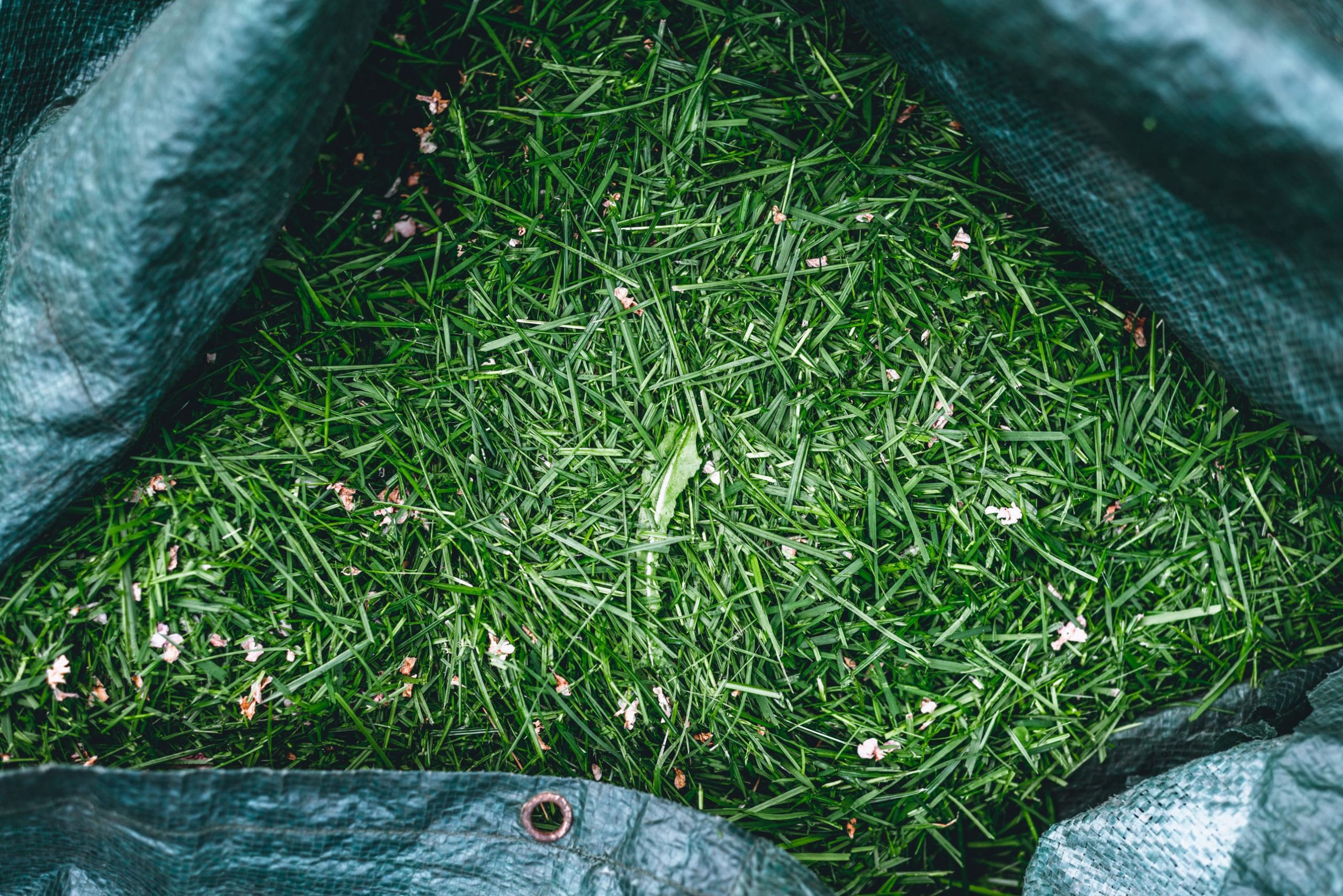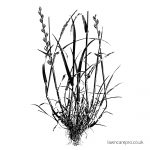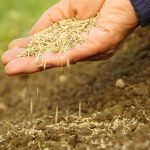If you have a larger lawn, such as one that you cut with a ride-on lawn mower, you probably generate quite a lot of lawn cuttings.
In this guide, we’ve explained some of the options you have to dispose of excess grass cuttings in the UK.
We’ve ordered these options from most to least convenient – but the first few tips are best for if you only have a small amount of clippings to get rid of.
1. Use the clippings as much for your lawn
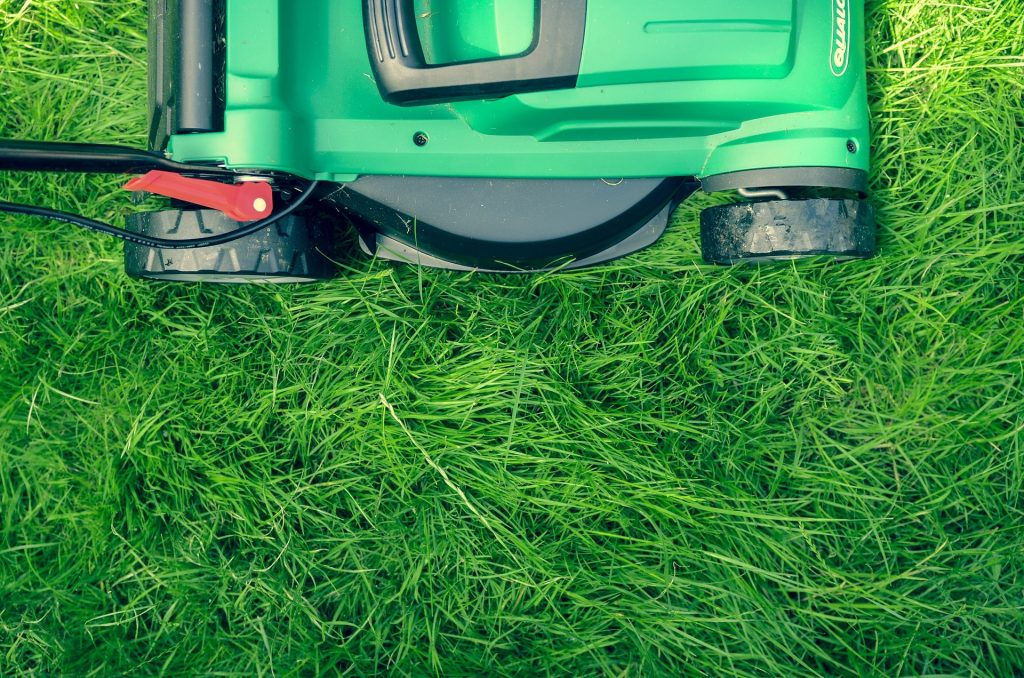
If you cut your clippings into small pieces and leave them on your lawn, they’ll soon begin to decompose.
As they decompose, the cuttings will act as mulch for your lawn. They’ll release useful nutrients into the soil, helping to feed your lawn, and reducing the amount of fertiliser and lawn feed that you need to use to keep your lawn looking great.
The best way to mulch your grass cuttings is to use a mulching lawn mower, or a lawn mower with a mulching plug. These mowers will chop up the clippings into very small pieces inside the cutting deck, and then blow them down into the soil, where they’ll begin to decompose almost immediately.
You can also mulch grass clippings after collecting them in your mower’s grass bag, but you’ll need to avoid adding too many clippings to your lawn at once. You’ll also have to spread the cuttings evenly over the grass, to ensure an even share of nutrients for each square foot of grass.
2. Pile up the clippings, and compost them
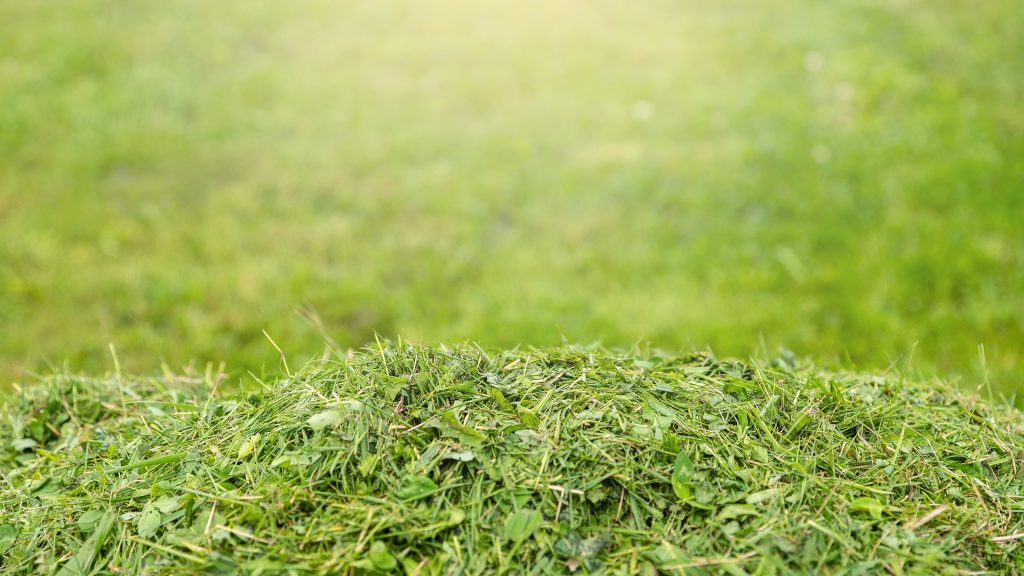
If your lawn mower collects grass clippings, and you want to recycle them, you might want to create a pile for them somewhere in your garden, or use a compost bin.
As the clippings decompose, they will eventually turn into beautiful compost, which you can use on your grass, hedges, and veggie patch. If you create a compost heap, you might also like to add kitchen scraps, to prevent them from going to landfill.
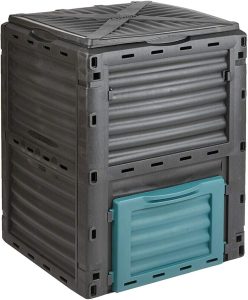
View on Amazon
If you do use composting to dispose of grass cuttings, buying a proper compost bin, even a small one, is a good idea. This helps to keep things neat and tidy, and prevents your compost heap from becoming too smelly over time, especially in the summer.
Remember, you only want to use dry clippings for composting. Also, ensure to add some brown material, such as leaves or newspapers, to help the composting process.
3. Put the grass cuttings in your green waste bin, or sack
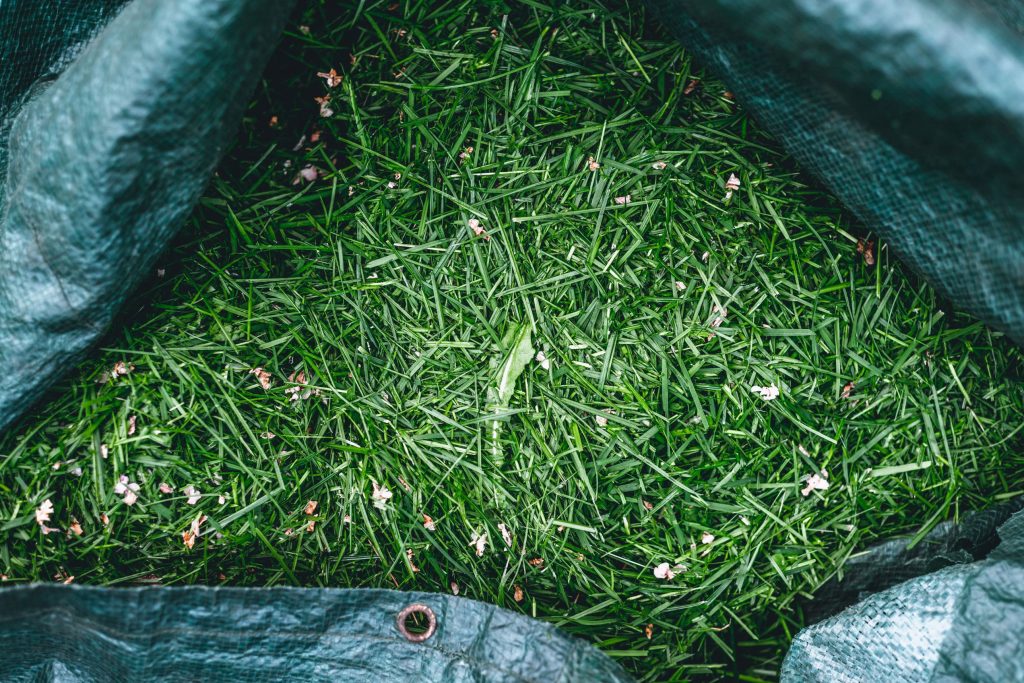
If you have a green waste bin, you can fill it up with grass cuttings when it gets collected.
Some councils also allow you to put grass cuttings in your general waste, but some are quite picky about this, and will empty green waste out of your black bin if they spot it. Check on your council’s website if you’re unsure.
If possible, it’s best to avoid putting grass cuttings in your black bin, as this means that they won’t be recycled. When they’re taken as garden waste, grass cuttings are used to create compost for farmers, meaning that they get recycled.
4. Take the grass cuttings to the tip
This also depends on your area, but many local tips will take green waste for free. However, some will charge a fee, especially if they believe that you have a commercial quantity of grass clippings.
It’s a good idea to check with your local council, but generally, you can take your grass cuttings to the local tip free of charge, unless you have a massive amount of them, or are driving a lawn care maintenance company vehicle.
5. Burn your grass clippings (not generally recommended)
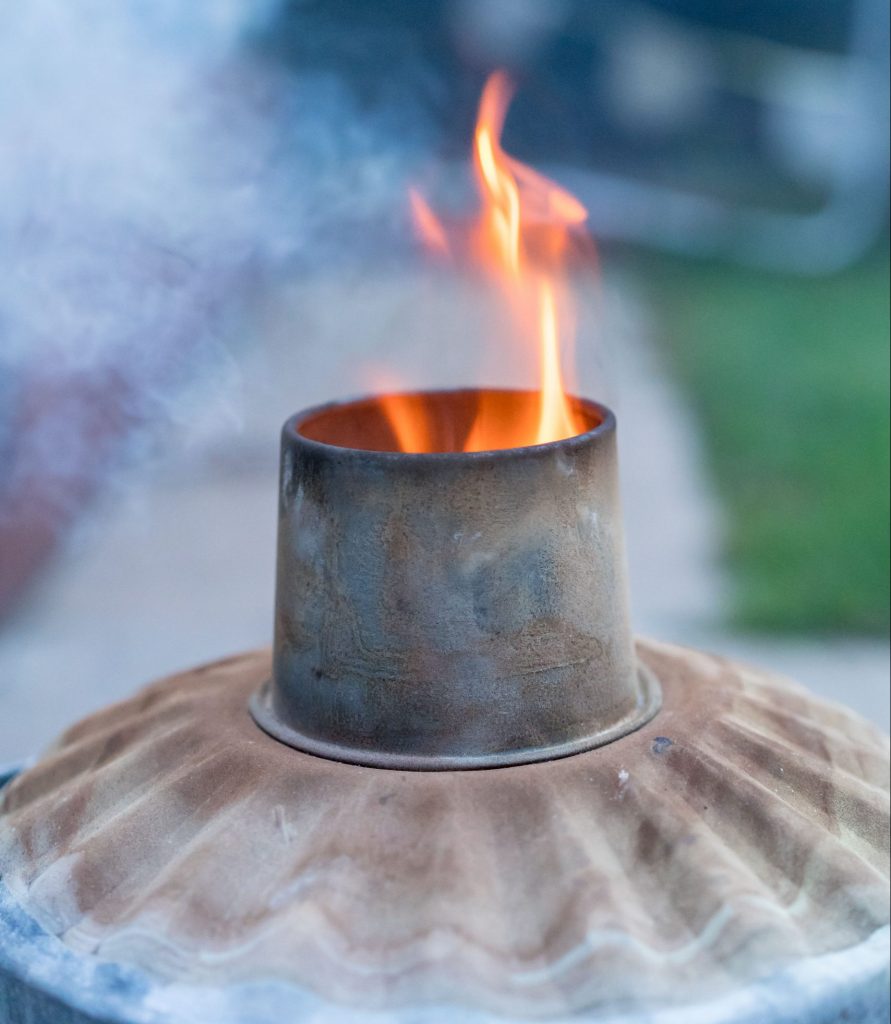
Apart from the pollution and smell that burning your clippings generates, it can also be dangerous – you could theoretically start a grass fire, if the weather is dry.
Rather than burning them, it’s better to recycle your clippings if at all possible. However, burning them is an option, as long as you do it safely, and be considerate about where the smoke is blowing.
The best way to burn grass clippings is in a garden incinerator. This helps the fire to stay enclosed, reduces the amount of smoke you’ll breathe in (since there’s a chimney), and makes it easier to get the fire started.
First, ensure that the clippings are completely dry, and place them in the incinerator, on top of some scrunched up newspaper. Squirt in a small amount of some fire starter, and light the fire.
Put the lid on, to ensure that the smoke is channelled up and away from you, rather than blown everywhere. And ensure to use barbeque gloves if you touch the incinerator while it’s still hot – don’t touch the ashes until at least six hours after the fire has completely gone out.

I’m Josh, and I’m the head writer at Lawn Care Pro.
I love everything lawns, but I’m a bit of a lawn mower nerd. I spend a lot of my free time tinkering with mowers, and planning my mowing schedule for the next few weeks.
I’m also into cars, which comes in very helpful when servicing a mower engine!

